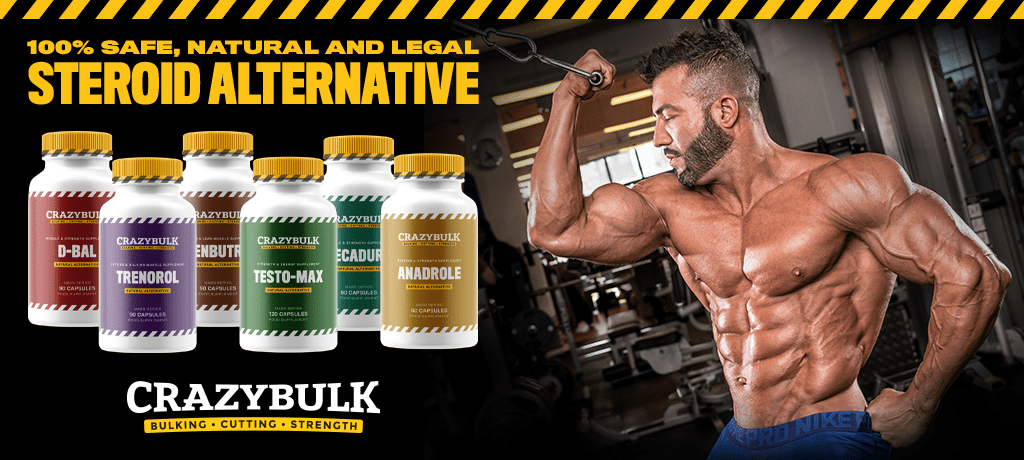With Powerlifting and Strongmen and women competitions now more popular than ever before, it’s pretty safe to assume that a great deal of people that train regularly in the gym are now doing so with different goals and objectives in mind. Whereas before the aim of many people was simply to look good, and truthfully, there’s nothing wrong with that in the slightest, nowadays people are training for form and function. Powerlifters for example, do not follow the same training routines as bodybuilders, because they aren’t training to be bodybuilders, they’re utilizing various strength training exercises in order to increase their strength. Society as a whole has now become far more accepting of your typical strongman physique, which is generally big, bulky, and powerful looking. As society is more accepting of this look, and indeed of these training principles, more and more people are getting into strongman and strength training than ever before. Even if you’re not trying to become a powerlifter or strongman and are just trying to get a little stronger, if you utilize the right strength training exercises and embrace a typical strongman lifestyle, you’ll quickly begin seeing improvements. To help you on your way to a bigger, stronger, and more powerful you, here are five effective strength training exercises and tips.
Begin with Barbells
If you walk into any commercial gym, you’ll see a machine after machine, with each one designed to work a specific muscle group or to simply serve a unique purpose. Whilst these machines and all of the high-tech equipment is beneficial, it’s certainly not essential and if strength training exercises are your primary objective, they won’t serve that much of a purpose if truth be told. Instead, stick with barbells and dumbbells for the majority of your training. When it comes to performing strength training exercises, barbells are especially beneficial because they allow you to load the bar up with a heavy weight, the weight is distributed evenly so you don’t overcompensate for weaker body parts as you do with dumbbells, and they’re also stable in the process. Once you’ve mastered some of the staple strength training exercises such as deadlifts, barbell squats, and bench presses, then you can move onto dumbbells.
Master the big Three
We mentioned staple strength training exercises previously, and in actual fact, in many circles the aforementioned exercises are known as the BIG THREE. They consist of barbell bench presses, barbell squats, and deadlifts. These three exercises are compound strength training exercises that train numerous muscle groups simultaneously and have been proven incredibly effective when it comes to increasing strength, and muscle mass too for that matter. It doesn’t matter how much, or how little weight you use, before you begin trying to hit big numbers, start low, master the form and technique, and focus on bettering your previous best for every workout.
Make use of Smaller Plates
When trying to lift heavy, it can be tempting to use large plates on the bar as you may see smaller plates as pointless. When trying to gradually increase your strength, however, small plates such as 2.75lb (1.25kg) plates are perfect. Begin with a weight you’re comfortable with, perform 1 rep, place a 2.75lb plate on either side, perform another rep, place another 2.75lb plate on either side, and repeat over and over again until you can’t perform another rep unassisted. This should go without saying, but when training heavy, always train with a spotter, or at the very least make use of power racks and squat racks to help protect you.
Focus on Squats
As far as hardcore and downright brutal gym exercises go, the barbell squat is arguably the most intimidating and brutal of all exercises. Despite its reputation, however, the barbell squat is also one of the most beneficial exercises for not only building leg mass and definition, but for generating explosive strength and power as well. Squats will work the hamstrings, calves, and quadriceps, which are actually the largest muscle in the human body and are located on the thighs. By building up strength and power in our legs, we are then able to generate much more explosive power for other exercises when we drive with our legs. Clean and presses, for example, require us to explode upwards with the bar when pressing it above our heads, and in order to generate that power, we use our legs. Squats are a perfect compound exercise when it comes to leg training and they’re the focus of many powerlifter and strength athletes.
Track your Workouts
When it comes to progressing in the gym, we need to see just how far we’ve come and how we got on with our previous attempts. You can’t play it by ear if you’re serious about increasing your strength as it simply does not work that way. If you lifted 315lbs for 2 reps on flat barbell bench press on your last workout, write this number down, and refer back to it the next time you perform bench presses. If you try it again, but only manage 1 rep this time, instead of wondering what could have gone wrong, you can look at your workout log and identify the problem. If you tried a different exercise before benching on this workout, by seeing it in black and white, you realize that that could be the problem. If you refer back to your previous workout, perform the exact same exercises and hit 315 for 2 reps again, you know that you harmed your progress by trying something different, but were able to rectify the situation as it was written down in your log. Workout logs and journals are also ideal for people who may need a little motivation because you can see how your reps and weights have hopefully improved over the last few weeks.

